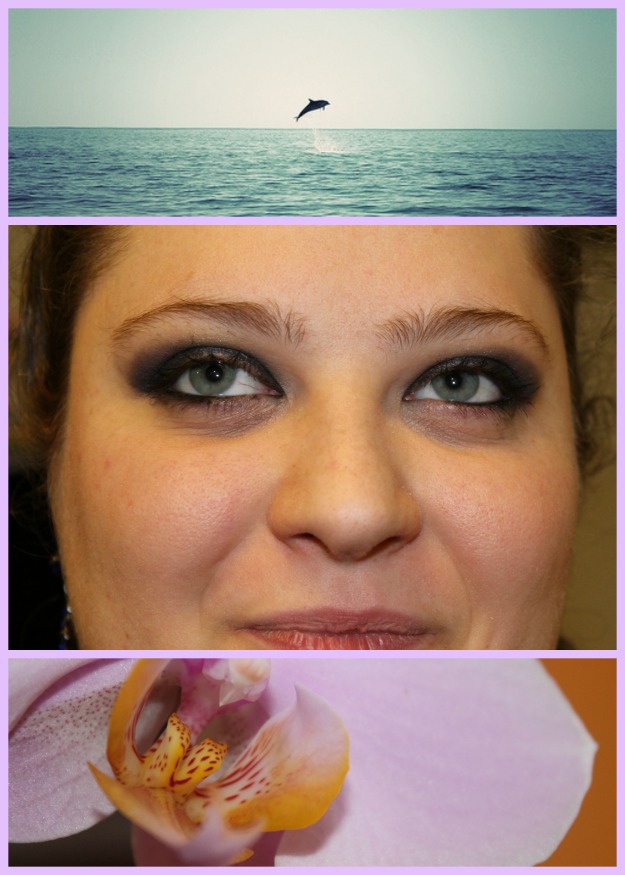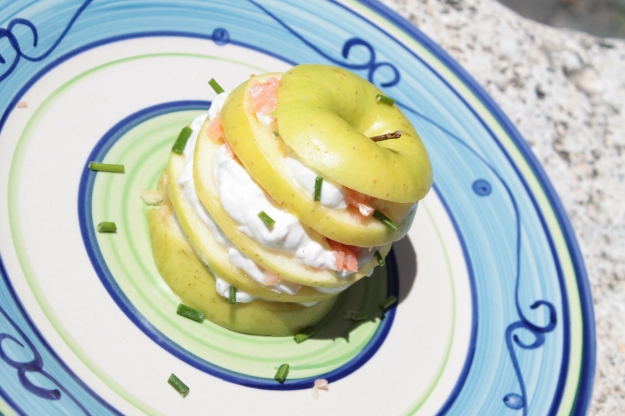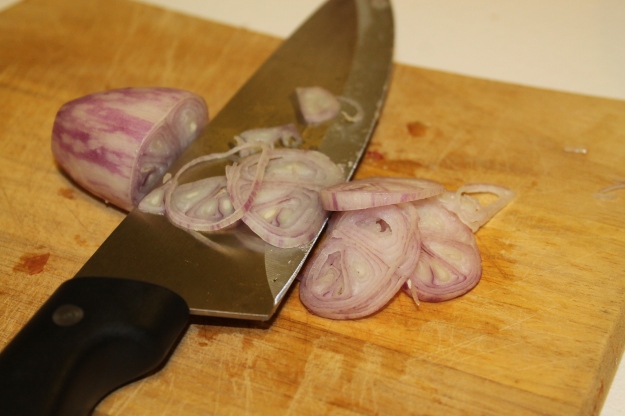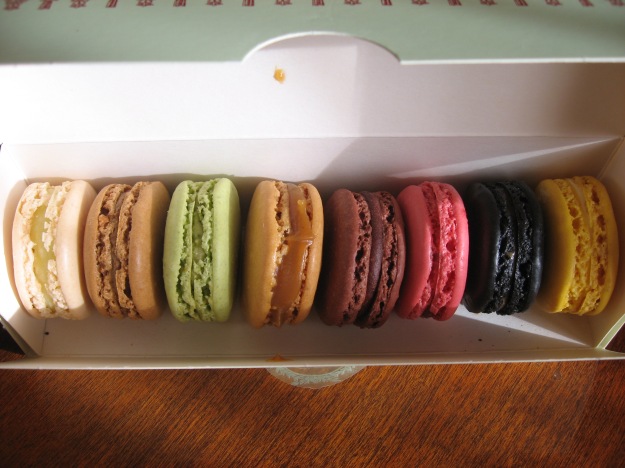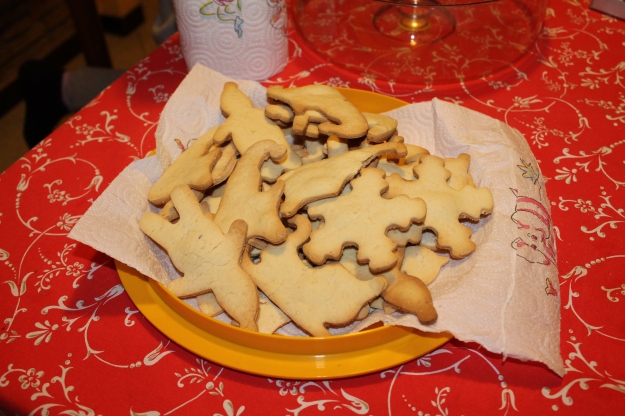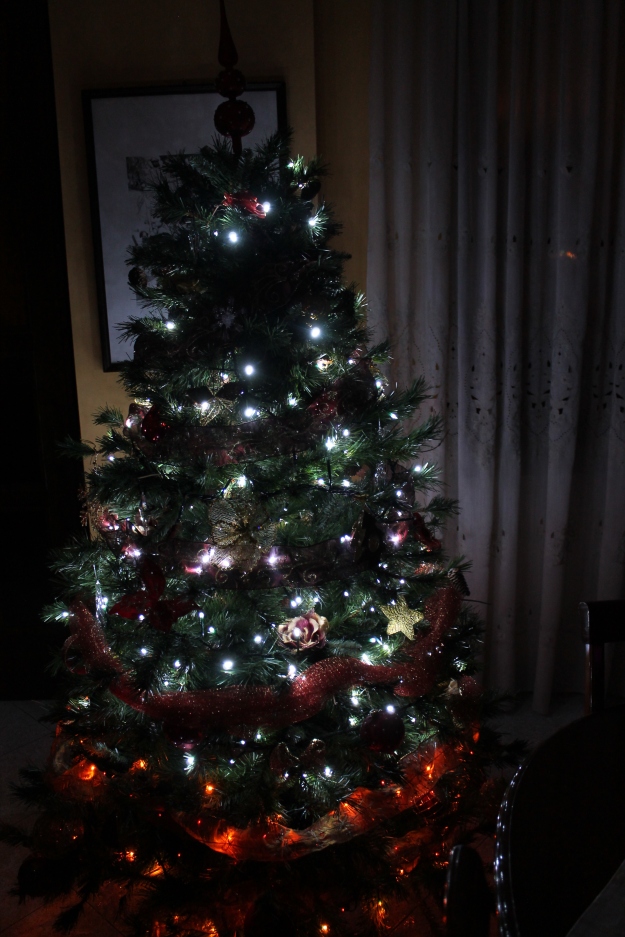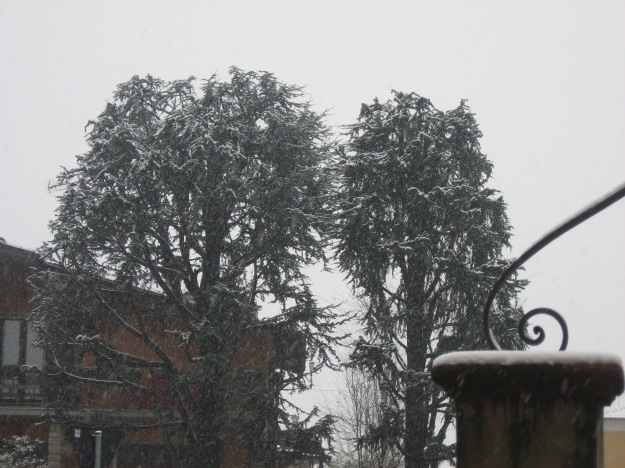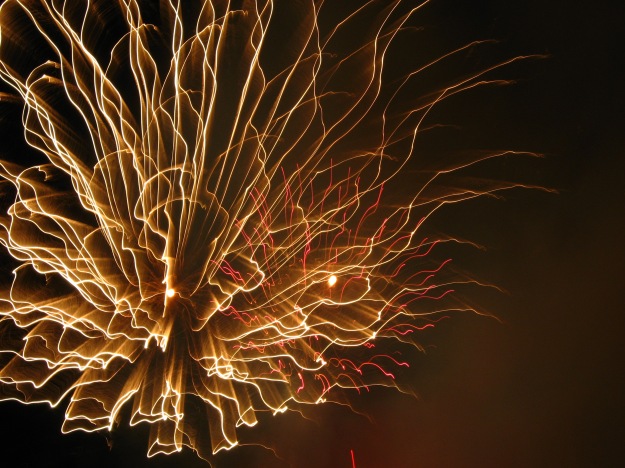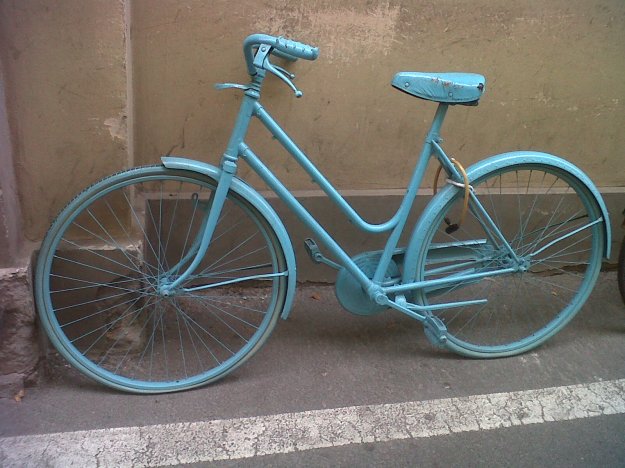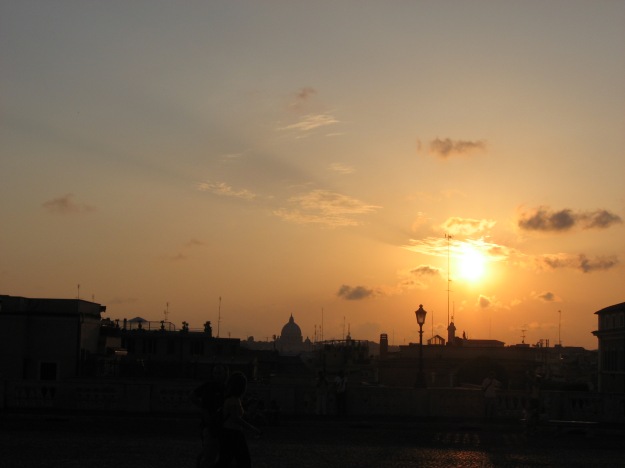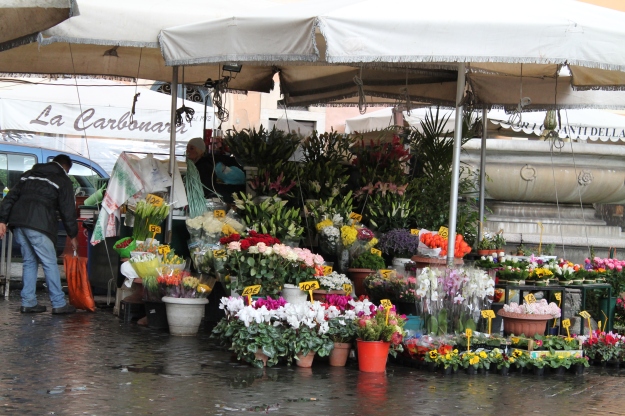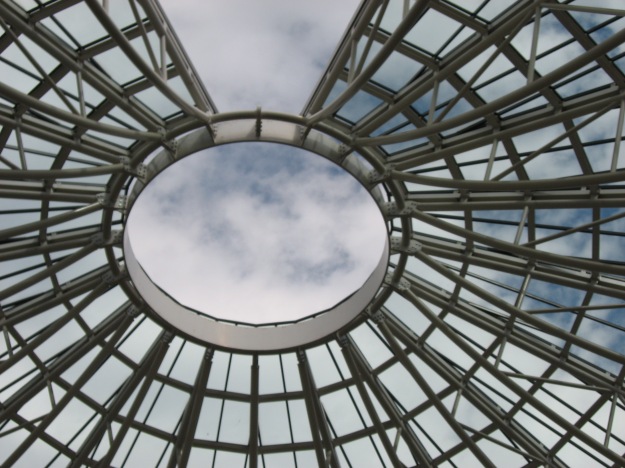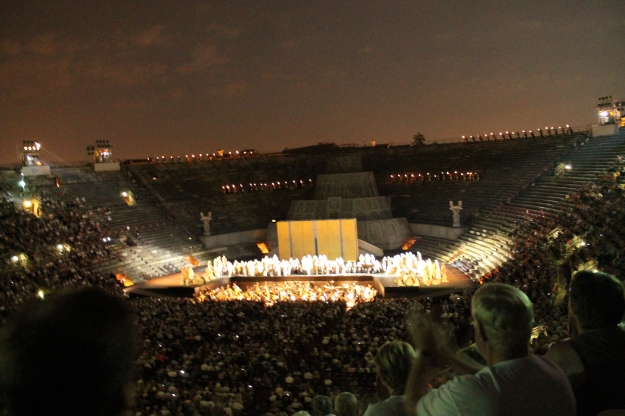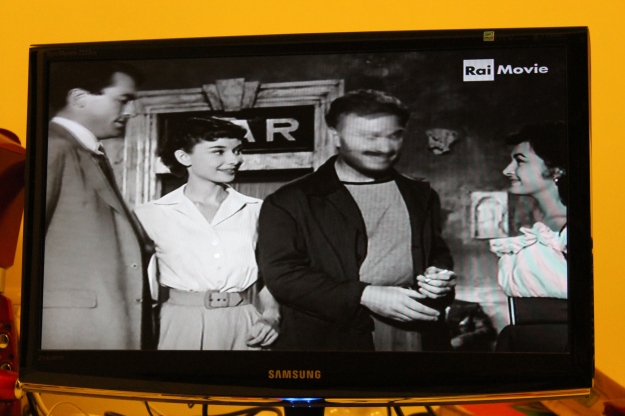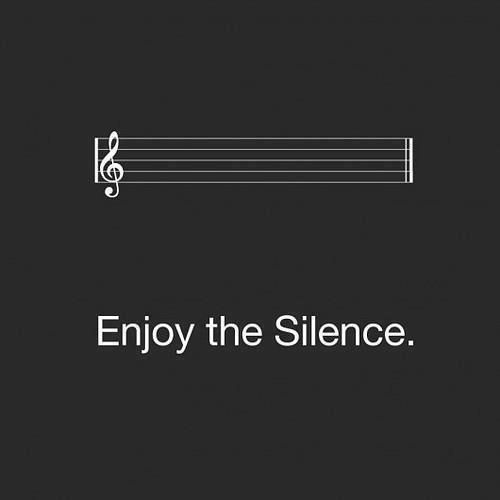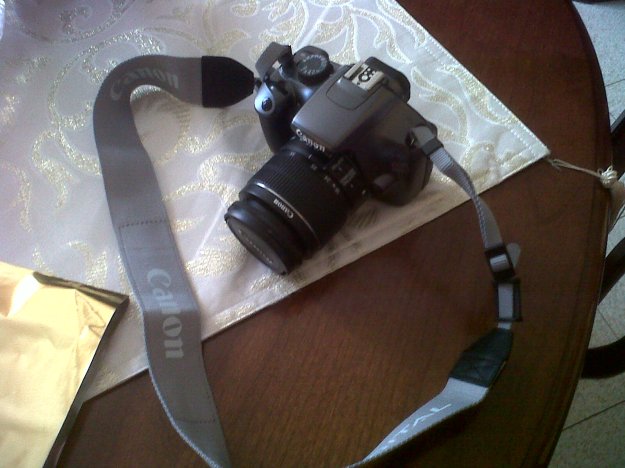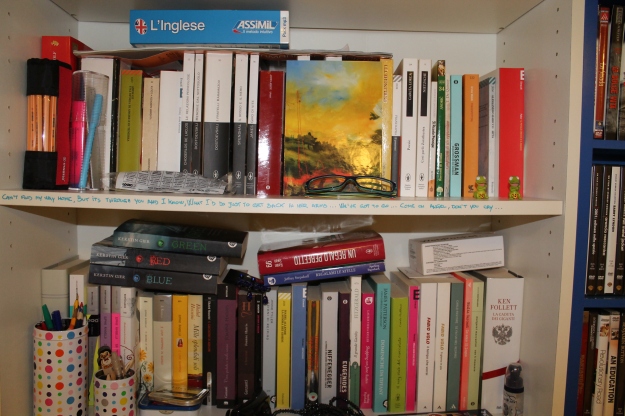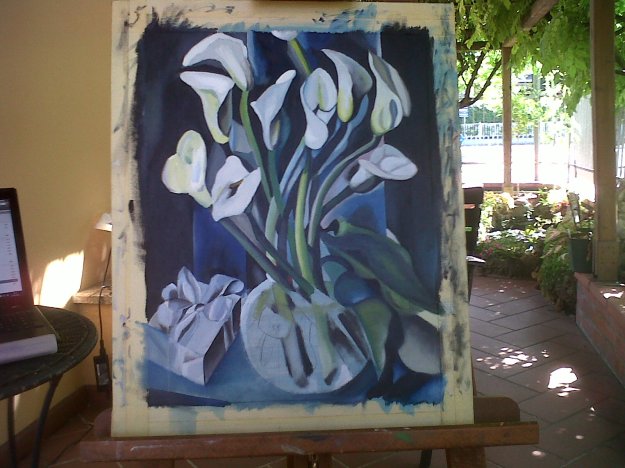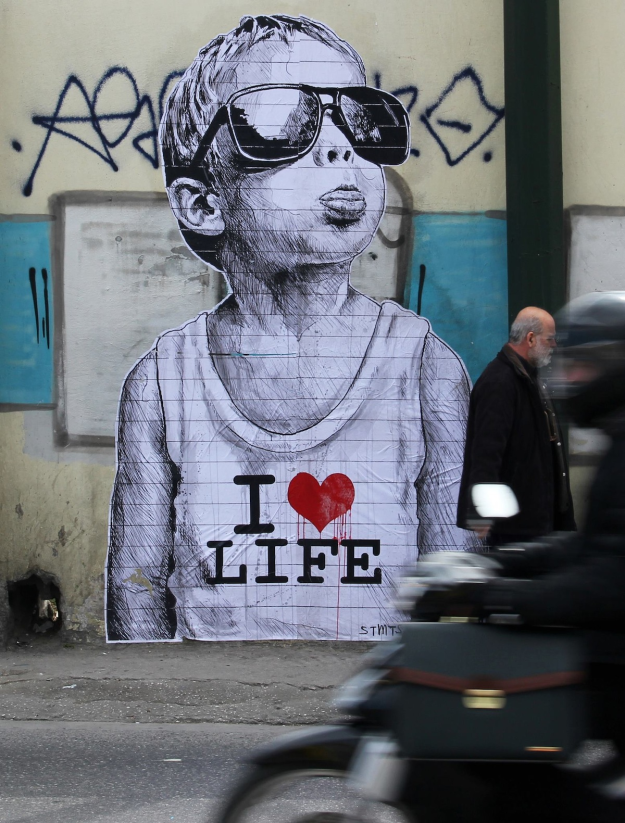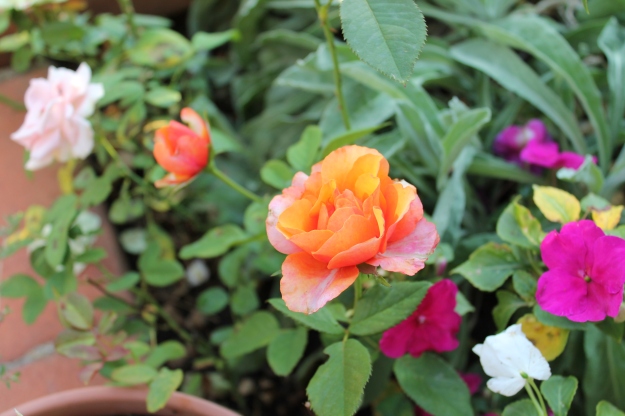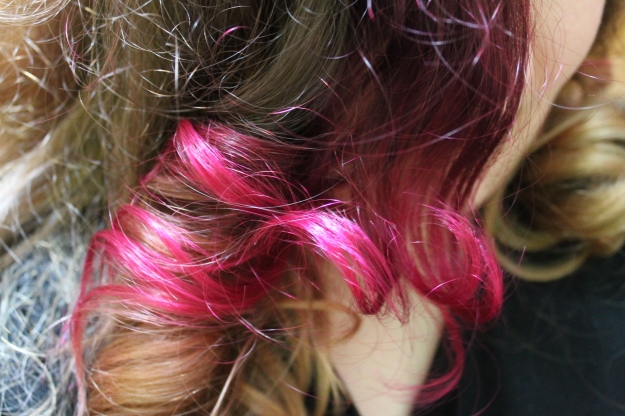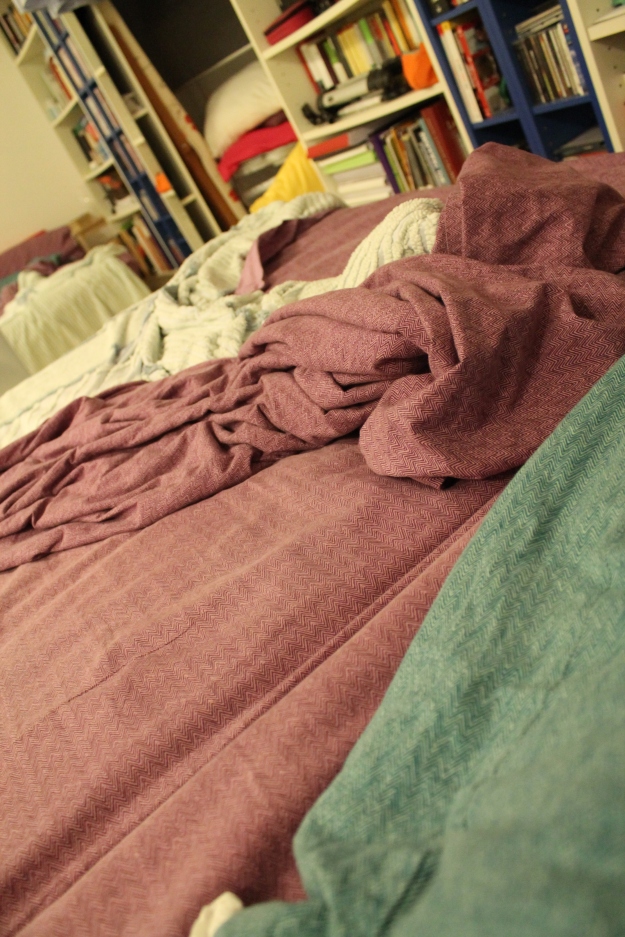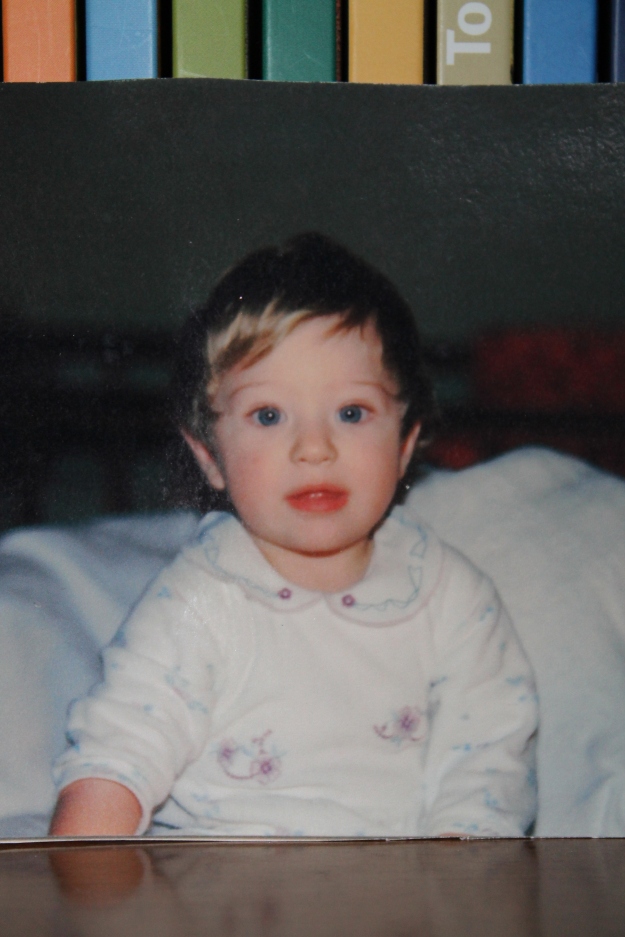Hello
I’m Dream: my real name is Chiara.
Today you will discover something about me, some of the things that I like
Ciao
Sono Dream: il mio vero nome è Chiara.
Oggi scoprirete qualcosa di me, alcune delle cose che mi piacciono
I Like …
The coffee mocha that mumbles in the silence of the kitchen / La moka del caffè che borbotta nel silenzio della cucina
The smell of coffee that wakes me up every morning / L’odore del caffè che mi sveglia tutte le mattine
Drinking coffee while reading the daily press review / Bere il caffè mentre leggo la rassegna stampa giornaliera
The lunchs with the whole family gathered around to a huge table / I pranzi con tutta la famiglia al completo riunita intorno ad un enorme tavolata
Cooking new recipes and customize them / Cucinare nuove ricette e personalizzarle
Cooking with dad / Cucinare con papà
The smell of freshly baked bread / L’odore del pane appena sfornato
Cut the onion, even if I end up crying / Tagliare la cipolla, anche se poi finisco a piangere
The smell of soffritto / L’odore del soffritto
Spaghetti with clams / Gli spaghetti con le vongole
Grandma’s lasagna / Le lasagne della nonna
Pizza / La pizza
The aroma that fills the house when I make a cake / Il profumo che riempie la casa quando preparo un dolce
The macarons / I macarons
Chocolate / Il Cioccolato
Cotton candy / Lo zucchero filato
The lemon ice cream / Il gelato al limone
The caramelized figs that prepares aunt / I fichi caramellati preparati da zia
Pomegranates / Le melagrane
Green apples / Le mele verdi
Lime / Il Lime
The Coke / La Coca Cola
Mojito / Il Mojito
Sangria / La sangria
Grapefruit juice / Il succo di pompelmo
I sit under the porch, in the nights of winter, looking at the sky, while I’m wrapped in a blanket and hold in hands a cup of steaming coffee / Sedermi sotto il portico, nelle notti di inverno a guardare il cielo, mentre sono avvolta in una coperta di lana e tengo tra le mani una tazza di caffè fumante
The Hot Chocolate / La cioccolata calda
Spices / Le spezie
The smell of cinnamon / L’odore della cannella
Prepare the ginger and cinnamon biscuits / Preparare i biscotti allo zenzero e cannella
Christmas / Il Natale
Preparing the Christmas tree, while listening to Christmas songs / Preparare l’albero di natale ascoltando canzoncine natalizie
Wrap gifts to put under the Christmas tree / Incartare i regali da mettere sotto l’albero di natale
The fireplace / Il camino acceso
The crackling of burning wood / Il crepitio della legna
The snow / La neve
Snowmen / I pupazzi di neve
The rain / La pioggia
The smell of summer rain / L’odore della pioggia d’estate
Walking in the rain / Camminare sotto la pioggia
Walking barefoot on the grass / Camminare a piedi nudi sull’erba
The winter sea / Il mare d’inverno
Swim early in the morning / Nuotare al largo la mattina presto
Summer / L’estate
The light of morning / La luce della mattina
The white clouds, that seem to cotton candy, in the sky turquoise / Le nuvole bianche, che sembrano zucchero filato, nel cielo turchese
Looking the stars / Guardare le stelle
The rainbow / L’arcobaleno
The fireworks / I fuochi d’artificio
The hot air balloons / Le mongolfiere
Kites / Gli aquiloni
Travelling / Viaggiare
Program a new journey / Programmare un nuovo viaggio
The rides in taxi at night / Le corse in taxi la notte
Bicycling / Andare in biciclette
Walk without knowing where I’m going, letting myself be guided only by instinct / Passeggiare senza sapere dove sto andando, lasciandomi guidare solo dall’istinto
Rome / Roma
The sunsets Roman / I tramonti romani
The Trevi Fountain at 6 am / La Fontana di Trevi alle 6 di mattina
Night walk to Rome / Le passeggiate notturne per Roma
Campo dei Fiori and its market / Campo dei Fiori e il suo mercato
The garden of Castel Sant’Angelo / Il giardino di Castel Sant’Angelo
The Sistine Chapel / La Cappella Sistina
Venice / Venezia
The Venice Biennale / La Biennale di Venezia
The MART of Rovereto / Il MART di Rovereto
Lake Garda / Lago di Garda
The island of Giglio / L’isola del Giglio
Going to see the opera the Arena of Verona / Andare a vedere l’opera all’Arena di Verona
Going to the movies in the afternoon, when there are only two people in the room / Andare al cinema di pomeriggio, quando ci sono solo due persone in sala
The outdoor cinema / I cinema all’aperto
Bertolucci’s The Last Emperor / L’ultimo imperatore di Bertolucci
Audrey Hepburn in Breakfast at Tiffany’s / Audrey Hepburn in Colazione da Tiffany
The films in black and white / I film in bianco e nero
The films of Fellini, La Strada and especially 8½ / I film di Fellini, La Strada e soprattutto 8 ½
The soundtrack of 8½ , composed by Nino Rota / La colonna sonora di 8 ½, composto da Nino Rota
Music / Musica
U2
Dave Gahan
Enjoy the Silence by Depeche Mode / Enjoy the Silence dei Depeche Mode
The music of 30 Seconds To Mars / La musica dei 30 Seconds To Mars
The battery and the drummers / La batteria e i batteristi
Going to concerts, and try that wonderful feeling of being at HOME / Andare ai concerti, e provare quella meravigliosa sensazione di sentirsi a CASA
The music heard from far away that I bring to mind feelings in the past / Le musiche sentite da lontano che mi riportano alla mente sensazioni provate in passato
My Canon / La mia Canon
Taking photographs / Scattare fotografie
The photographs by Richard Avedon / Le fotografie di Richard Avedon
The books / I libri
The old libraries full of books, where it is hard to move / Le vecchie librerie colme di libri, in cui si fa fatica a muoversi
The shelves full of books / Gli scaffali pieni di libri
The poems of Prevet / Le poesie di Prevert
On the Road by Kerouac / On the Road di Kerouac
The Great Gatsby by Fitzgerald / Il Grande Gatsby di Fitzgerald
The thrillers books / I libri gialli
Mrs. Fletcher / La Signora Fletcher
The smell of old books / L’odore dei vecchi libri
Get lost in books / Perdersi nei libri
Write all night / Scrivere tutta la notte
Copy the most beautiful phrases I find in books / Copiare le frasi più belle che trovo nei libri
Painting leaving me to carry the inspiration of the moment (even if it’s been so long since I do not happen) / Dipingere lasciandomi trasportare dall’ispirazione del momento (anche se è da tanto che non mi succede)
The paintings of the Impressionists / I dipinti degli Impressionisti
The works of Pollock, with their vehement energy / Le opere di Pollock, con la loro energia irruente
Graffiti
Banksy
Damien Hirst
Caravaggio
The colors / I colori
Yellow / Il giallo
Green / Il verde
The flowers / I fiori
The green flowers / I fiori verdi
Orchids / Le orchidee
Hydrangeas, especially the blue one / Le ortensie, soprattutto quelle azzurre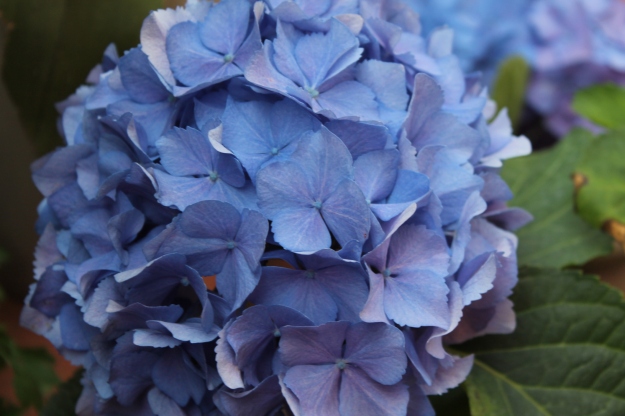
The wisteria / Il Glicine
Fields of sunflowers and poppies / I campi di girasoli e quelli di papaveri
The scent of jasmine and lavender / Il profumo del gelsomino e quello della lavanda
Making wreaths of daisies / Fare le coroncine di margherite
The braids / Le trecce
The straw hats / I cappelli di paglia
Red Shoes / Le scarpe rosse
The long skirts in hippy style / Le gonne lunghe in stile hippy
The white cotton tshirts / Le magliette di cottone bianco
The striped tshirts / Le maglie a righe
The men’s shirts white / Le camicie da uomo bianche
The scarves to bold colors / Le sciarpe dai colori decisi
The colorful striped socks / Le calze a righe colorate
My electric blue Balenciaga bag / La mia borsa blu elettrico di Balenciaga
The rings mother of pearl and turquoise / Gli anelli in madreperla e turchese
The necklaces of semiprecious stones / Le collane di pietre dure
The enamel black Chanel / Lo smalto nero di Chanel
The skulls / I teschi
Night / La notte
Moon / La luna
Mars / Marte
Ducati Monster
The swings / Le altalene
My unruly hair / I miei capelli ribelli
My ex-crested pink / Il mio ex ciuffo rosa
The chaos / Il caos
Organize parties / Organizzare feste
Sobriety / La sobrietà
The reasons / I perché
The whys “embarrassing” of children / I perché “imbarazzanti” dei bambini
The smiles / I sorrisi
The independence / L’indipendenza
Freedom / La Libertà
The dolphins / I delfini
The ladybugs / Le coccinelle
The slow and hot shower in the evening / La doccia lenta e bollente della sera
On Sunday morning, when I can stay in bed after waking up, looking out the window while listening to loud music / La domenica mattina, quando posso restare a letto anche dopo essersi svegliata, guardando fuori dalla finestra, mentre ascolto musica a tutto volume
Carillon
The old family photographs / Le vecchie fotografie di famiglia
Tattoos / I tatuaggi
Men with beards / Gli uomini con la barba
The big hands of men / Le mani grandi degli uomini
The empty houses, ready to welcome new life and new stories … that “ask” to be filled with furniture and objects, or memories / Le case vuote, pronte ad accogliere nuova vita e nuove storie … che “chiedono” di essere riempite di mobili e oggetti, ma soprattutto di ricordi
Attics / Le soffitte
Walking barefoot on the parquet / Camminare a piedi nudi sul parquet
The smell of fresh paint / L’odore della vernice fresca
The houses by the sea, with large windows from which to admire the horizon / Le case sul mare, con grandi vetrate, da cui ammirare l’orizzonte
The Bourgie lamps of Kartell / Le lampade Bourgie di Kartell
My bedroom in my parents’ house / La mia camera nella casa dei miei genitori
Delir House

